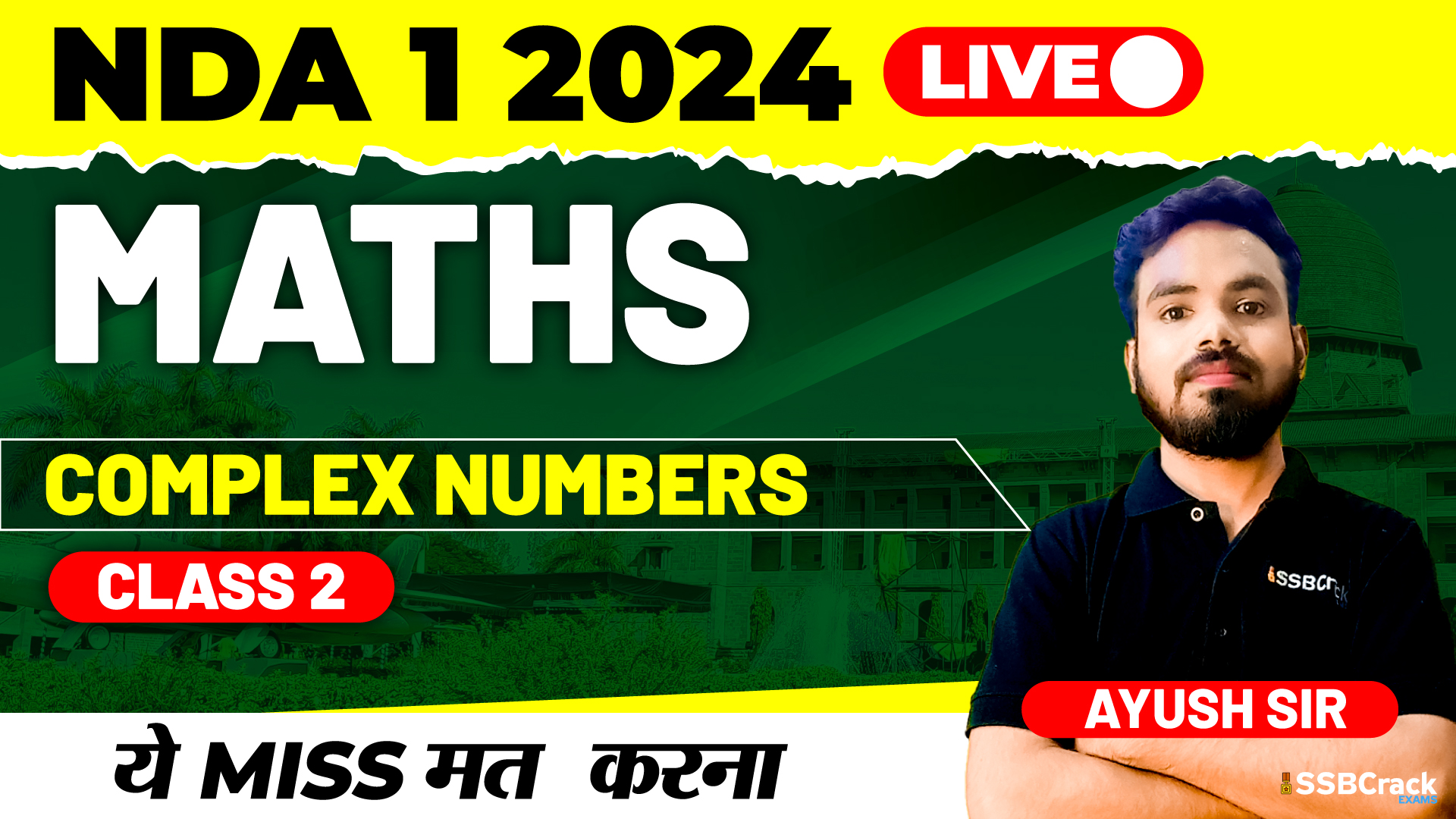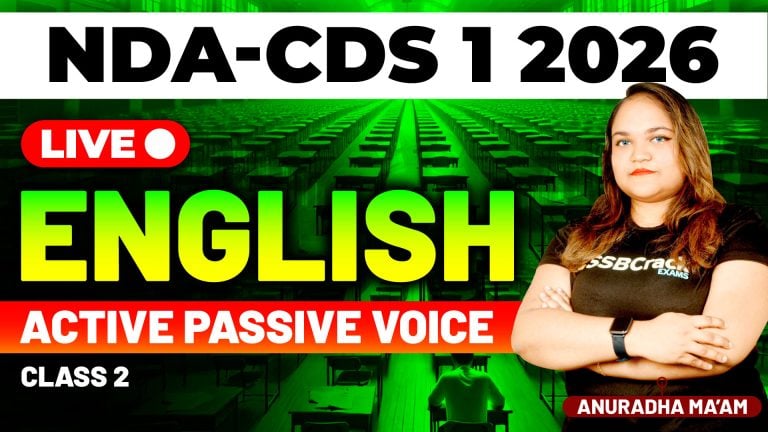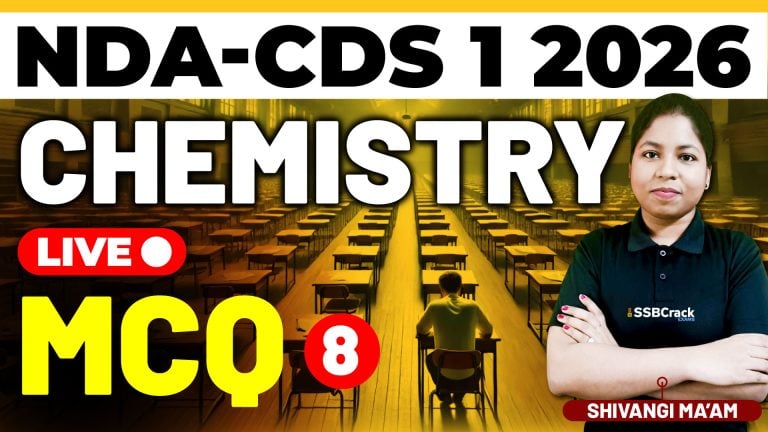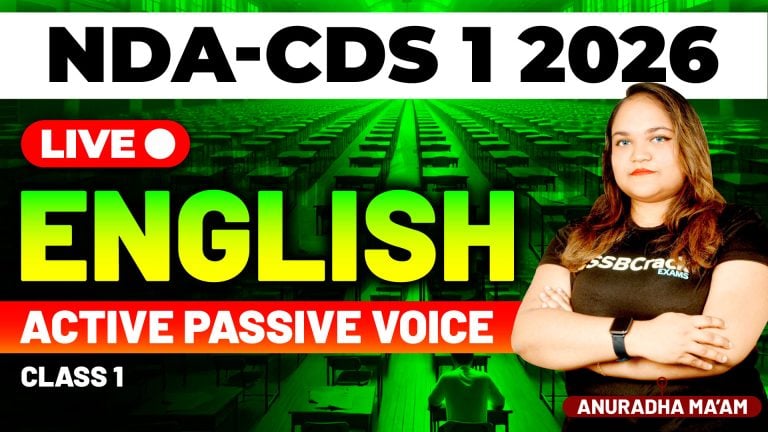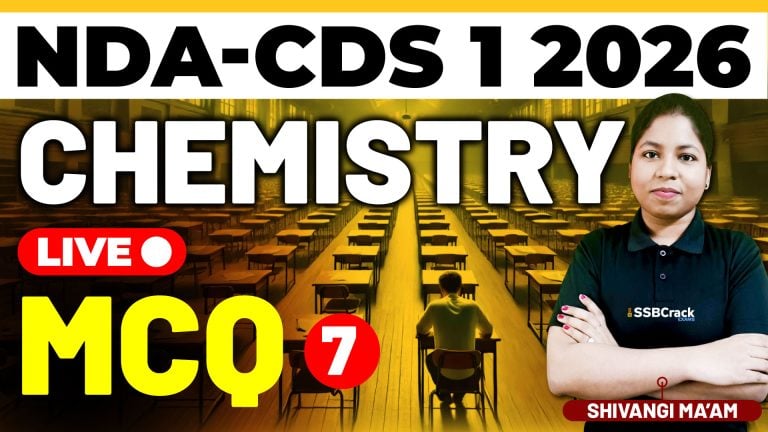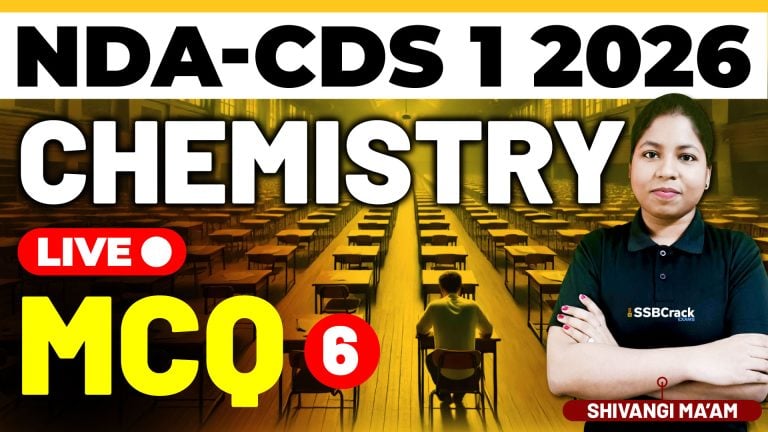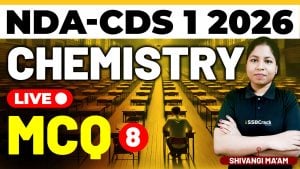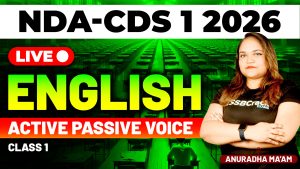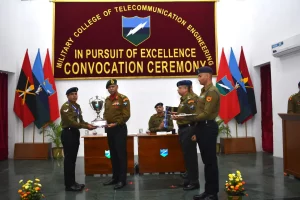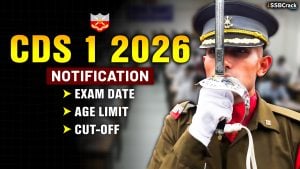As the NDA 1 2024 Exam draws near, the mathematical journey continues with Complex Numbers Class 2, a session that delves into the power and elegance of advanced concepts. In this live class, participants explore important concepts and examples of complex numbers, transcending the Cartesian realm to unravel the mysteries of polar form, De Moivre’s Theorem, and complex roots of unity. This article navigates through the key highlights of Class 2, showcasing how participants deepen their understanding and problem-solving capabilities for success in the upcoming exam.
Transitioning to Polar Form:
Class 2 marked a significant transition as participants explored the polar form of complex numbers. The instructor guided participants through the process of representing complex numbers using polar coordinates, providing insights into how this alternative form unlocks new dimensions in understanding. The exploration of polar form set the stage for a deeper connection between geometry and complex numbers.
De Moivre’s Theorem: Empowering Mathematical Transformations:
The class unfolded the power of De Moivre’s Theorem, a mathematical gem that empowers transformations and simplifications within the realm of complex numbers. Participants delved into the mechanics of De Moivre’s Theorem, discovering how it facilitates the computation of powers and roots of complex numbers with remarkable efficiency. The elegance of this theorem became apparent as participants harnessed its capabilities for solving intricate problems.
Complex Roots of Unity: A Harmonious Exploration:
Building upon De Moivre’s Theorem, Class 2 navigated through the harmonious world of complex roots of unity. Participants encountered the beauty of representing complex numbers on the unit circle, unlocking a profound connection between trigonometry and complex algebra. The exploration of complex roots of unity showcased how these special numbers manifest in periodic patterns, offering a symphony of mathematical beauty.
Illustrative Examples for Conceptual Reinforcement:
Class 2 maintained a commitment to clarity through illustrative examples that delved into the intricacies of polar form, De Moivre’s Theorem, and complex roots of unity. Each concept was accompanied by detailed solutions, with the instructor providing a step-by-step breakdown of the problem-solving process. These illustrative examples not only reinforced conceptual understanding but also illuminated the practical applications of these advanced complex number concepts.
Real-World Applications of Advanced Complex Concepts:
Beyond theoretical exploration, Class 2 underscored the real-world applications of polar form, De Moivre’s Theorem, and complex roots of unity. Participants were taken on a journey where these advanced concepts find resonance in fields such as signal processing, physics, and engineering. This practical context not only added depth to the learning experience but also underscored the real-world utility of advanced complex number concepts.
Interactive Learning Environment:
Fostering an interactive learning environment, Class 2 encouraged participant engagement through questions, discussions, and problem-solving sessions. This collaborative approach not only clarified doubts but also enriched the learning experience by incorporating diverse perspectives and problem-solving approaches.
Connecting Concepts to Competitive Exam Scenarios:
The live class strategically connected the dots between advanced complex number concepts and their application in competitive exam scenarios. Participants were provided with insights into the specific ways these concepts are tested in the NDA 1 2024 Exam. This contextualization helped bridge the gap between theoretical understanding and effective application during examination conditions.
Strategies for Efficient Time Management:
Recognizing the importance of efficient time management, Class 2 incorporated strategies for optimal time utilization during the exam. Participants were guided on how to navigate through advanced complex number problems judiciously, maximizing their efficiency without compromising accuracy. This practical advice aimed to equip participants with the tools needed to tackle these advanced concepts within the time constraints of the exam.
Practical Problem-Solving Sessions:
To further enrich the learning experience, Class 2 incorporated practical problem-solving sessions. Participants actively engaged with the instructor, unraveling the intricacies of specific questions, clarifying doubts, and sharing diverse problem-solving approaches. This interactive dynamic not only bolstered understanding but also created a collaborative space for collective learning.
Mock Exam Simulation for Peak Performance:
To culminate the live class experience, participants engaged in a mock exam simulation focused on advanced complex number concepts. This practical exercise replicated the exam environment, allowing candidates to apply the skills acquired throughout Class 2. The simulation not only assessed preparedness but also served as a final rehearsal, fostering a sense of familiarity and confidence for the actual exam day.
Conclusion:
In conclusion, NDA 1 2024 Exam Math Complex Numbers Class 2 stands as a testament to the power and elegance of advanced concepts within the complex number domain. By exploring polar form, delving into De Moivre’s Theorem, and navigating the harmonious world of complex roots of unity, participants not only deepen their understanding of complex numbers but also harness tools that transcend traditional algebraic boundaries. As participants internalize the insights gained in this class, they not only prepare for the exam but also cultivate problem-solving skills that extend far beyond the realm of academic assessments.
